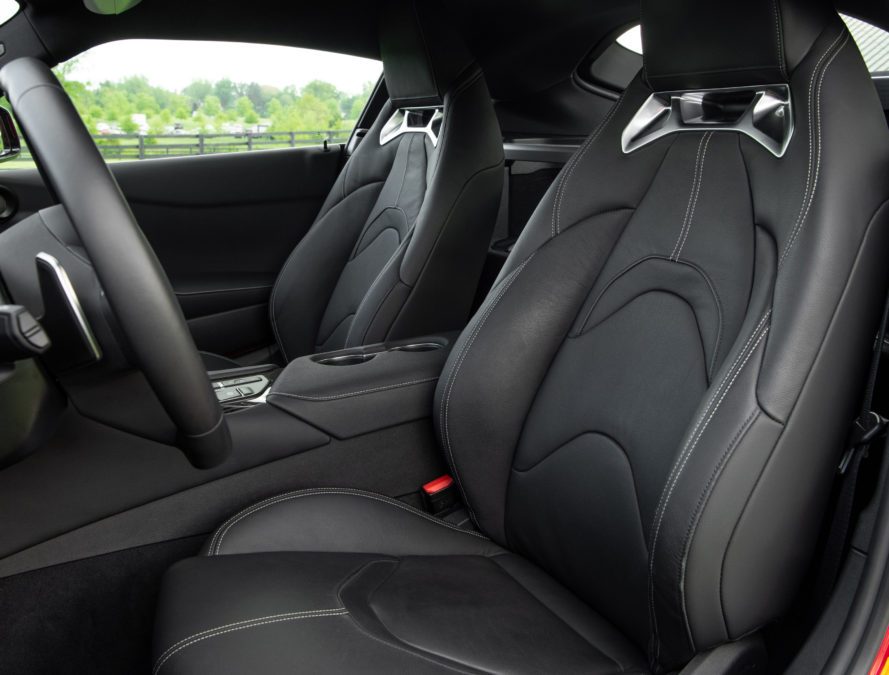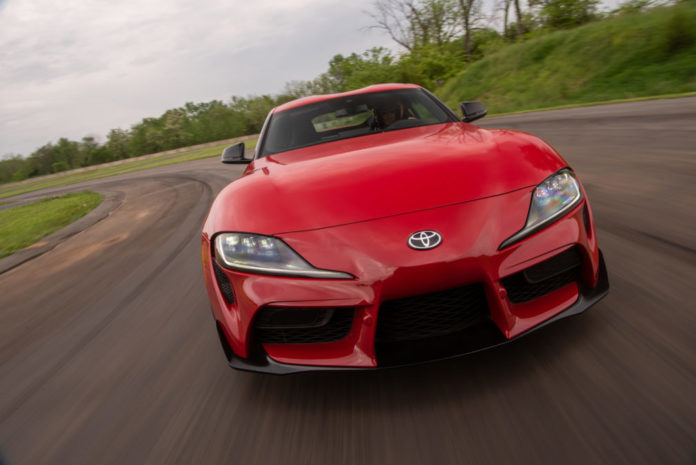Some time has passed since the turbulent launch of Toyota’s latest generation Supra. The dust has settled and we can finally sit down and have an objective talk about the 2020 Toyota Supra.
2001’s Fast and Furious was too late and Toyota had already axed the car due to low sales. They never developed a modern inline 6-cylinder engine and without it, there is no Supra.
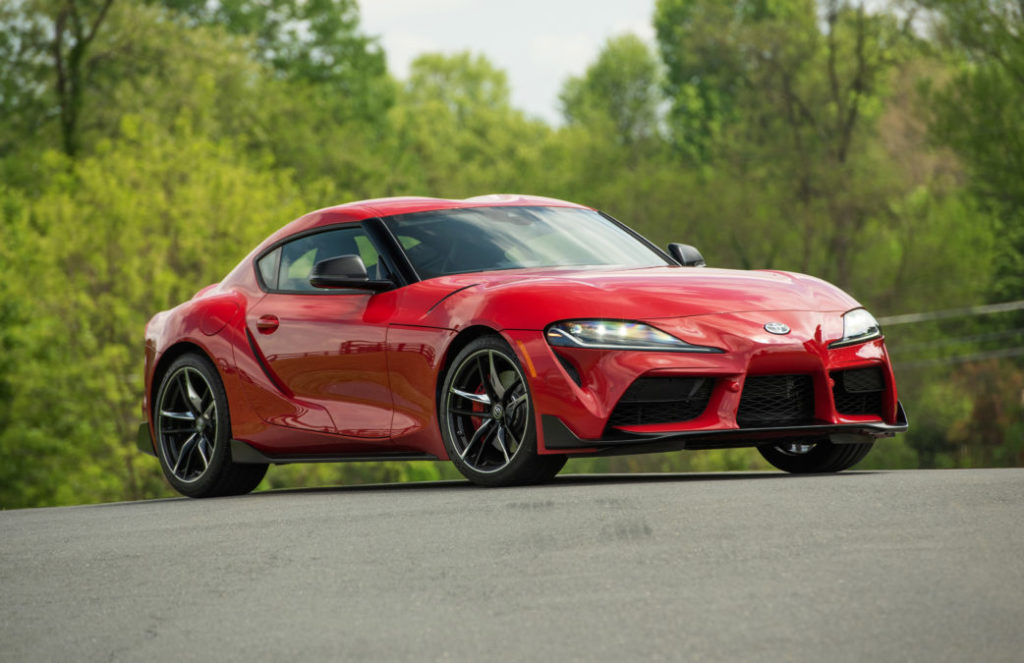
From an economic viewpoint, it’s a ridiculous idea to devote so much energy and resources to design, develop and produce a new sports car with a new powertrain in a market that’s shrinking year after year in favor of SUVs and crossovers.
But the people wanted a Supra and in order to give it to them, Toyota had to make a choice.
BMW has been developing the straight six for decades. There’s hardly a better place to go for an inline 6-cylinder engine. B58 is part of the BMW modular engine family. The same 0.5-liter cylinder is used in different configurations to produce inline 3,4 and 6-cylinder engines. BMW has perfected the design and manufacturing, supplying reliable and affordable engines for its own cars and its partners – Mini, Karma, and now, Toyota.
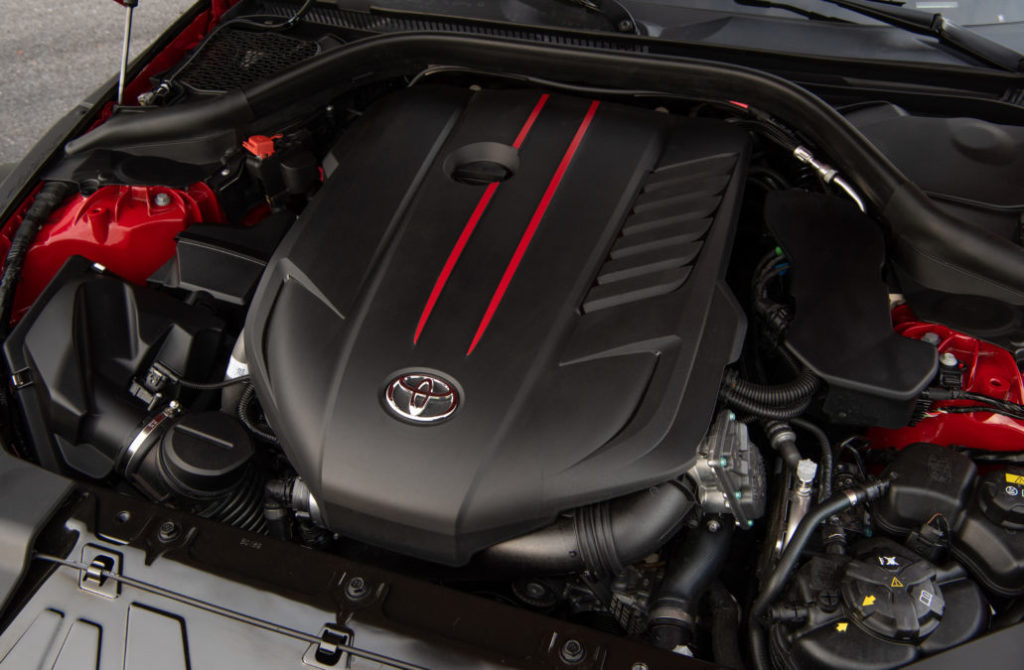
The Supra is not only based on the BMW Z4 engine. It uses the same ZF 8-speed automatic transmission, same chassis, suspension hardware, electronics suite.
With all that said, it’s not the same car.
Toyota took the final step of the development in house. The engine was stripped down and assessed according to Toyota’s durability and reliability standards. The tuning for the Supra is also performed independently of Z4’s engine.
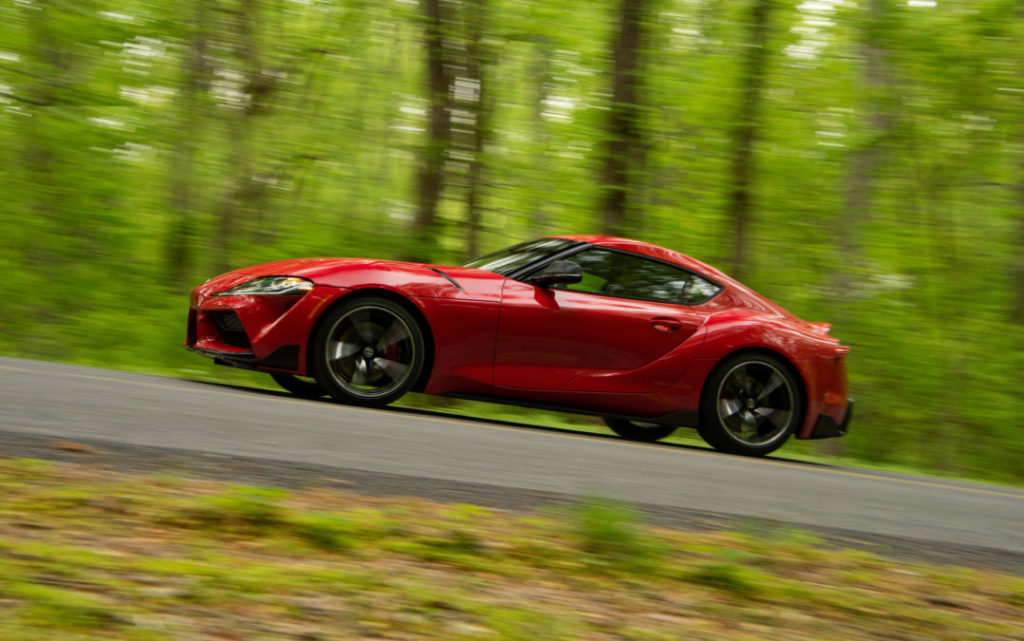
You’d be surprised how differently the same engine can operate under different tuning. Supra produces less power than Z4 – 335 vs 382 hp, with nearly identical torque – 365 vs 369 lbs-ft.
Toyota says 335 hp is the perfect power for their vehicle, taking into account its weight, balance and suspension tuning – all of which are the product of Toyota, not BMW.
Then, the exterior design, aerodynamic testing, and bodywork are all done by Toyota in Japan. The car looks awesome. The fake vents are in bad taste, but thankfully, you’ll be able to get aftermarket replacements.
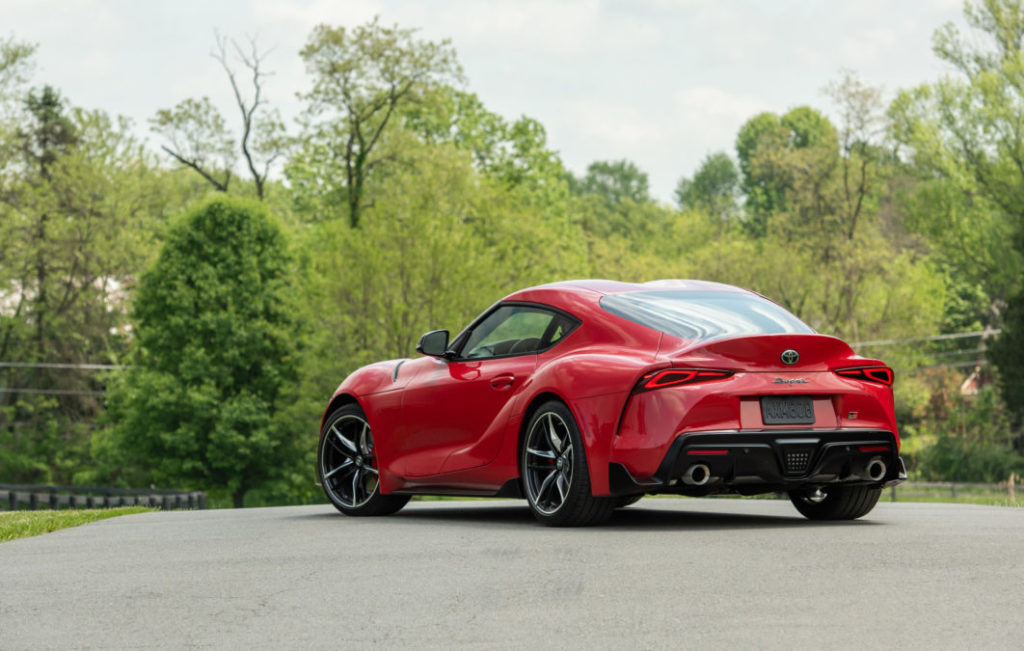
The curb weight 3,397 lbs is acceptable for a modern luxury sports car. The car boasts a perfect 50/50 weight split between the two axles as well as a lower center of gravity compared to Toyota 86 with its boxer-style engine. Combined with a short wheelbase and wide track, the Supra will readily go sideways into the corners.
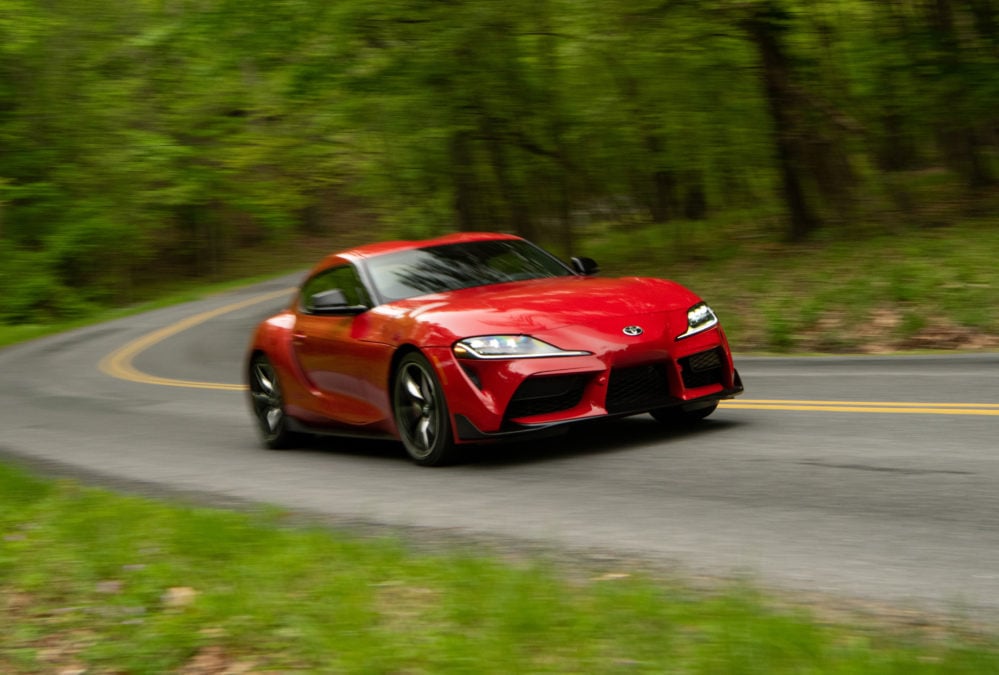
It offers great handling, though the steering could have been sharper. The high steering ratio leaves some hesitation in the car following the driver’s directions.
The Supra comes with an automatic transmission only, which is a slight disappointment. But, at least they picked possibly the best automatic currently on the market.
The brakes maintain their integrity and show just a tiny amount of fade after hours of track driving.
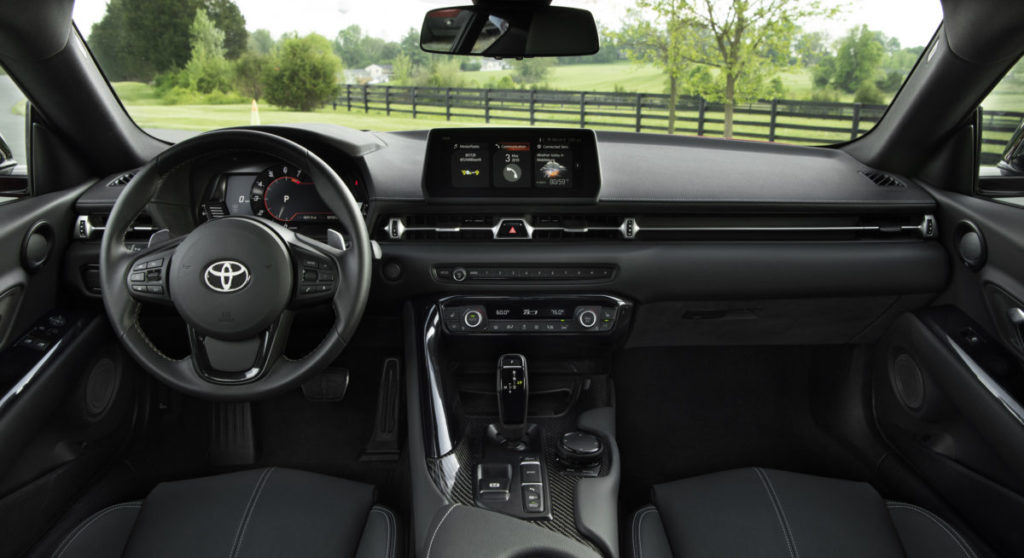
The ride quality is there. The sports experience is there. Toyota did the best they could to give us a new Supra that would offer the same thrilling drive as its predecessor. From what we see, it’s putting a lot of smiles on faces.
At the same time, the Toyota Supra is almost affordable – for a luxury sports car. The car will cost you a little more than $50,000 for the base model. It’s BMW counterpart starts at $65,690. The 2020 Porsche Cayman, which the Supra was targeted to compete with starts at $67,500.
